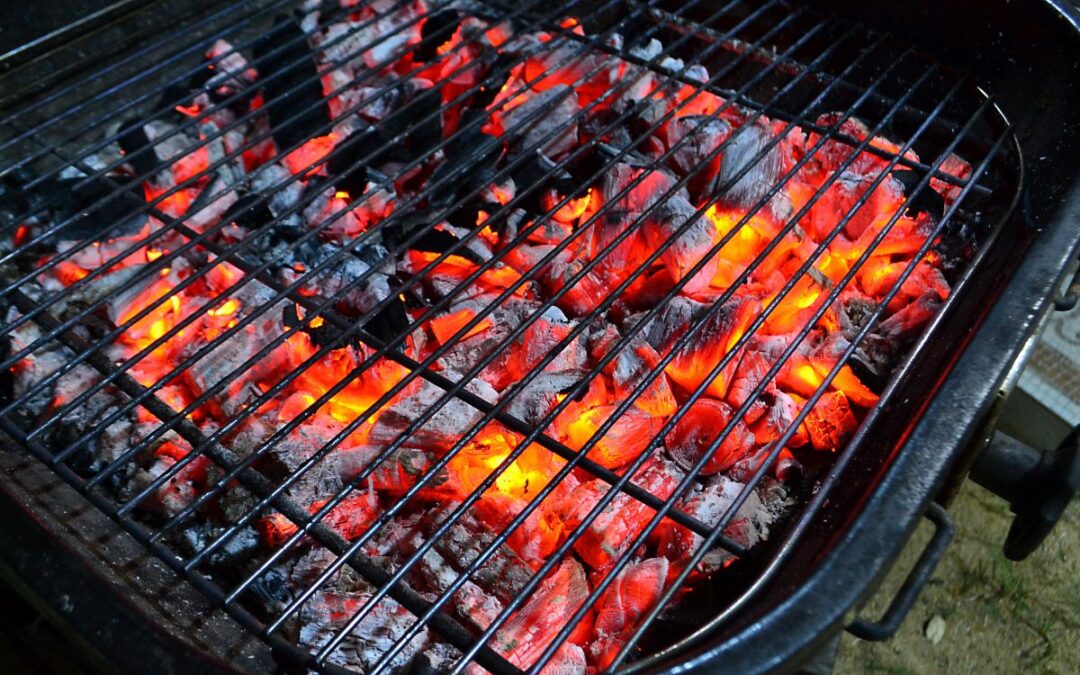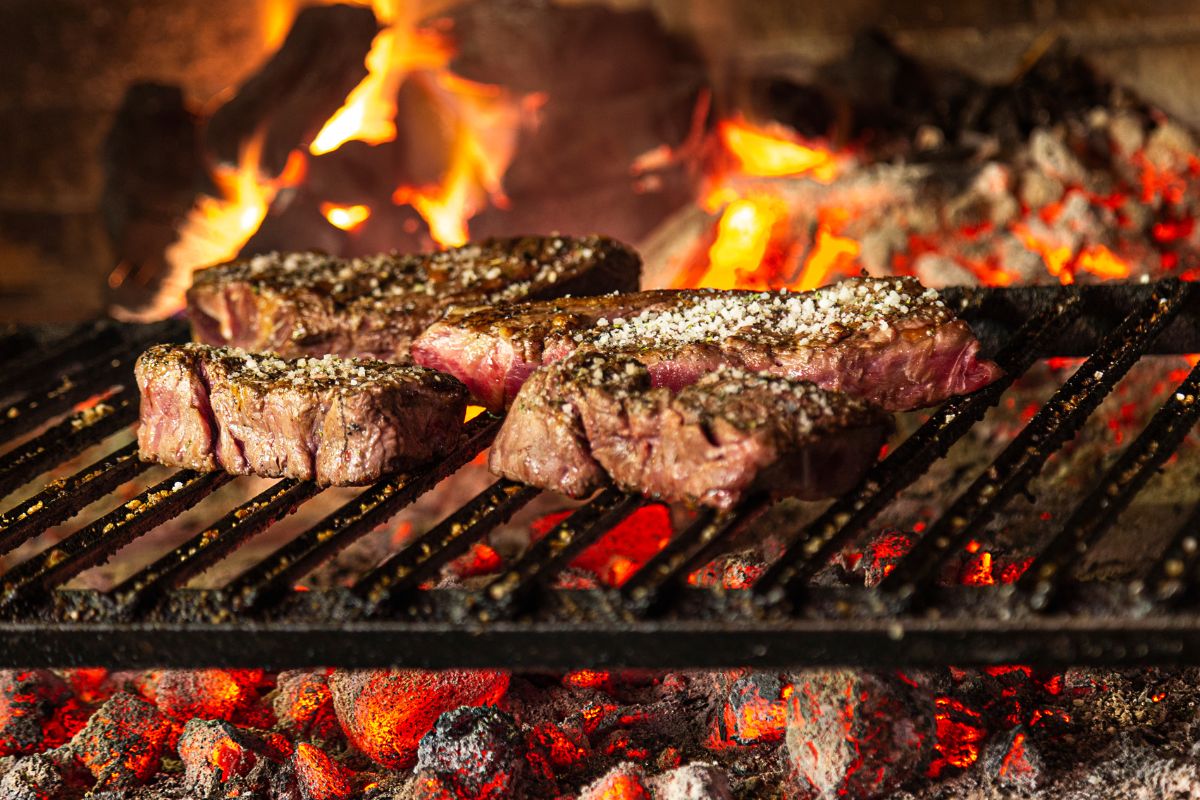If you’ve owned a grill for a while, you may be used to using yours in a certain way, but there might be times when your grill just isn’t getting to those higher temperatures, and there are a few reasons why this could happen.
Before you take apart sections of your grill and potentially make your job harder, it might be a good idea to think about how you use it and the tools you are using with it, and if this fails, we have some fixes below to get your grill hotter.
Why A Charcoal Grill Might Not Get Hot
Most grills can reach a temperature of 1.200ºF, but for many, this higher amount will never be needed, and the highest you usually need a grill to heat up is around the 450ºF mark, so now you have a temperature to aim for, why doesn’t yours reach this?
We have some common reasons why this may be the case, and some fixes you can do so your grill works optimally for your use.
How Clean Your Grill Is
This is to do with airflow, which is an essential aspect of controlling and increasing the temperature, so before you use your grill, take a look for any ash or pieces of charcoal that could be restricting this airflow.
This is also important as doing this will help the coals to burn better but keeps the overall grill in proper working order, as not checking for this can see you wasting energy and time waiting on food that may end up not being evenly cooked, which is something you want to avoid.
How You Fuel Your Grill
The type of coals you get can also affect the temperature and how long it takes to increase, as cheaper varieties tend to be harder to keep lit and hot, so they might give you different results each time.
You can look for better-quality brands, and while doing this, you should consider replacing the ones you have already if your charcoal has been sitting around for a while or has become damp, which makes it more frustrating to work with as it might not burn evenly.
For this, you may want to go with briquette-style charcoal instead of lump charcoal, as it’s more predictable in use and gives you a fairly consistent result, while it doesn’t burn out as fast as lump kinds.
Your Cooking Method
This refers to direct and indirect cooking, as both can bring different results, so for direct, you can use this method for food that takes less than 20 minutes to cook, so it is helpful if you want to sear meats and create nice crispy textures when placing them on the grate.
For indirect cooking, this roasting method is ideal for foods that need 25 minutes or more, so it works best for delicate foods like whole chickens, fish fillets, ribs, and some cuts of meat so you have something like a convection oven that relies on circulating heat.
Suppose you can separate the difference between these two and use the correct arrangement of charcoal, baskets, and pans. In that case, you can get a better circulation of heat that you can check up on during the cooking process and add water for the indirect method for longer cooking times.
The Dampers On Your Grill
There’s a good chance that your grill has a ventilation system or dampers that you can adjust to control the heat of your grill, and these you can find on the bowl or the lid of the grill, so if you use them right, you can get the most amount of oxygen that can reach the coals.
This can raise the temperature quite significantly, and if you’re not sure how to use these for the best results, it’s a good idea to use a thermometer to check the temperature of food, which you can find in handheld form, or you can find grills that have them on the lid.
However, you shouldn’t entirely rely on the thermometer for your cooking process as this can signify the temperature of the air inside the grill rather than the cooking surface, so using your judgment also comes into play here.
Optimal Cooking Temperatures
To get a process where you use the heat of your grill, so it’s more effective, using temperature guides and learning about timings can be helpful; so for high heat grilling, you should aim for 400-450ºF, 350-400ºF for medium-high, and 250-300ºF for low heat.
If you heat your grill 20 minutes before you use it, you can get the best results as your food will sear as it comes into contact with the cooking surface, and this is the same whether you’re doing the direct or indirect method.
You also want to get a good distribution of charcoal, so it’s best to arrange them so they are spread along either side of the cooking surface with a space down the middle; so, the deeper your layers are, the higher the temperatures will be for a longer period.
Planning Ahead Is Useful
Another aspect of your cooking process is being prepared for the types of foods you’re going to cook, so don’t leave yourself short if you’re cooking things like roasts which may need more or less cooking time than something like a kebab.
Be sure you have a good supply of things like charcoal, as you may need to add more during the process.
The Bottom Line
With this in mind, if your grill still doesn’t get hot enough for your use, there may be some kind of fault which might be solved by doing something as simple as removing any fuel lines you have connected to your grill, but don’t hesitate to get a professional in if you need to.


